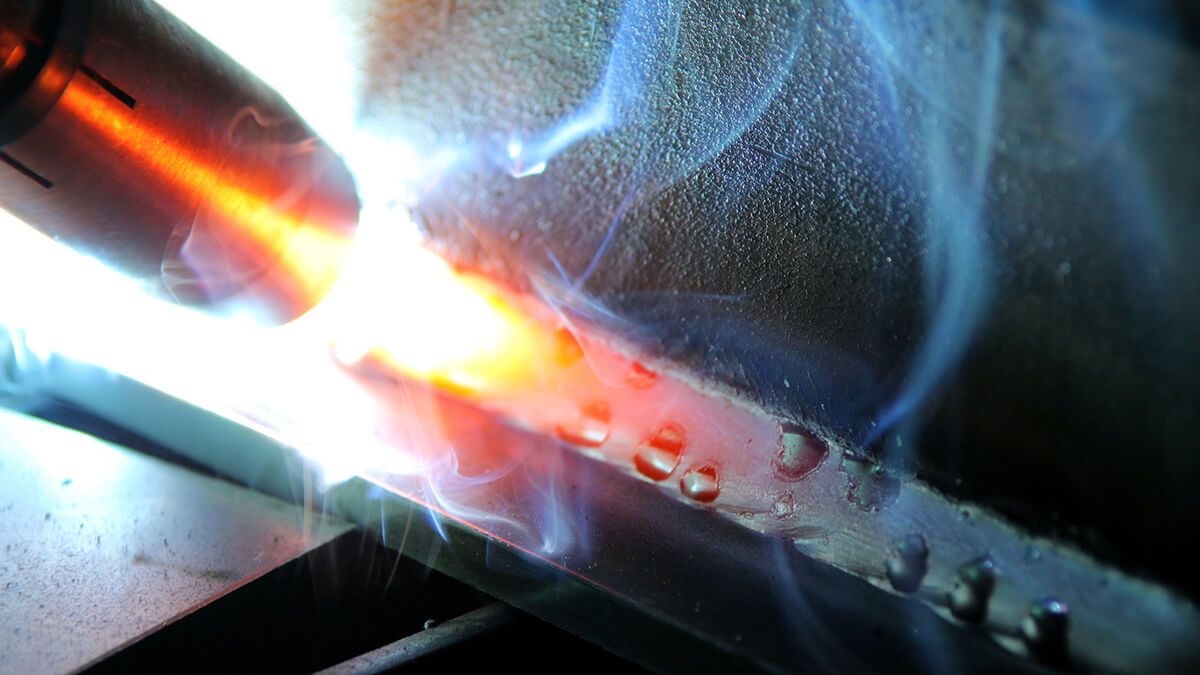The integration of robotics into grinding processes can greatly transform traditional manufacturing into dynamic environments where human workers and robots collaborate seamlessly. While robotics offers precision, consistency, and efficiency, skilled operators are essential for the efficient operation of advanced grinding machines. Training programs are important to provide hands-on education, certification, and expertise in setup, operation, and troubleshooting for optimal performance.
Advantages and Challenges of Robot Integration
Rather than replacing human workers, robots are designed to collaborate with them. While robots bring the advantages of increased speed, precision, and the ability to operate in harsh environments, addressing significant challenges such as the need for robust safety measures, understanding the complexities of programming, and managing variations in materials and workpieces becomes crucial. Humans often handle grinding tasks that require decision-making, complex problem-solving, and adaptability.
Advantages
Robots offer increased efficiency, enhanced precision, and consistent performance, excelling in tasks requiring repetitive motion, complex geometries, and stringent quality requirements, as well as taking on physically demanding and hazardous tasks. A collaborative format enhances worker safety by reducing the risk of injuries associated with repetitive motions.
Challenges
However, challenges such as integration complexity, programming requirements, and safety considerations necessitate careful planning and implementation. Addressing these challenges requires expertise in robotics, grinding technology, and system integration to ensure that robots operate effectively and safely. Safety measures include the implementation of protective barriers, safety-rated sensors, emergency stop systems, and collaborative robot designs that minimize risks during operation
Training and Skill Development in Maximizing Machine Efficiency and Productivity
Skilled operators play a crucial role in maximizing machine efficiency and productivity in advanced grinding applications. The advent of advanced grinding machines necessitates operators who can adapt to new technologies. Skilled operators understand the intricacies of these machines, enabling them to troubleshoot issues, optimize parameters, and ensure consistent quality. Training programs encompass comprehensive material, including hands-on training, machine setup, operation, maintenance, and troubleshooting, equipping operators with the necessary skills and knowledge.
Role of Virtual Reality (VR) and Augmented Reality (AR)
Virtual Reality (VR) and Augmented Reality (AR) technologies simulate real-world grinding scenarios, enabling operators to practice skills, refine techniques, and gain experience in a virtual environment. AR applications overlay digital information onto the physical world, providing real-time guidance to operators during machine operation. VR and AR training simulations enhance spatial awareness and familiarity with machine interfaces.
Future Prospects: Fully Automated Grinding Plants and Smart Factories
The future of grinding machine automation envisions the integration of grinding machines into smart factories. In these fully automated grinding plants, robots handle not only the grinding processes but also tasks such as tool changes, quality control, and maintenance. These systems utilize artificial intelligence (AI) and machine learning to enable intelligent grinding systems capable of adaptive control, real-time optimization, and autonomous decision-making
Automated Material Handling
Automation extends beyond grinding processes to material handling. Robots are increasingly used for loading and unloading workpieces, minimizing downtime and optimizing the overall throughput of the grinding system.
Nano-grinding Technology
Ongoing research in material science and nanotechnology may yield novel abrasives, coatings, grinding wheel structures, and control mechanisms that will enhance the performance and versatility of grinding machines.



.jpg)










.jpg)